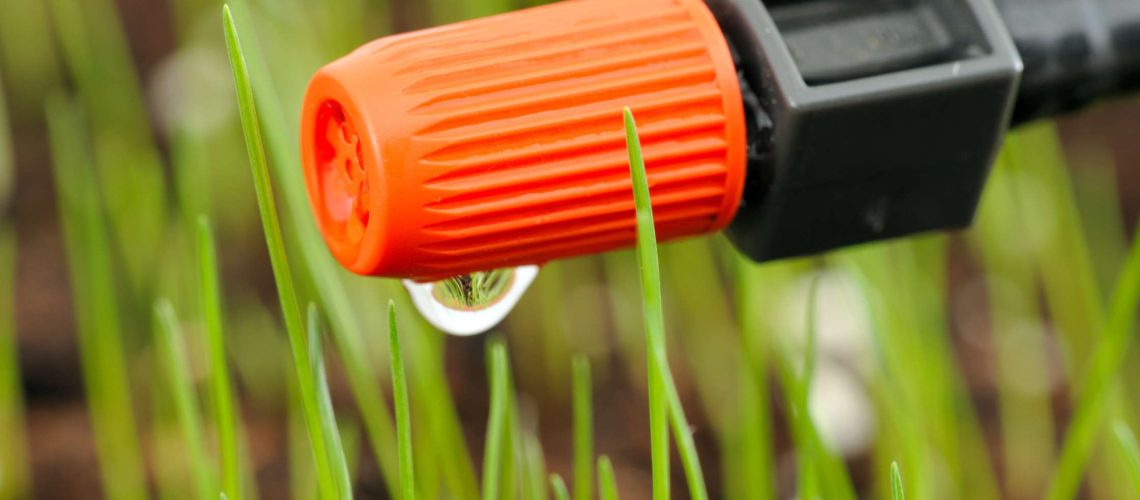Are you aware that choosing the right drip irrigation emitter can increase your crop yield by up to 30%? With so many options available, it can be a daunting task to find the perfect emitter for your farming needs. Don’t worry, we’re here to help.
In this article, we will guide you through the process of selecting the ideal emitter for your agricultural irrigation system. We’ll cover the different types of emitters, factors to consider when choosing, matching emitters to watering needs, installation and maintenance, as well as troubleshooting common problems.
Whether you’re a seasoned farmer or just starting out, we’ve got you covered. Get ready to optimize your farming practices and achieve successful crop growth with the perfect drip irrigation emitter.
Types of Drip Irrigation Emitters
To choose the right drip irrigation emitter, you need to understand the different types available.
There are several types of drip irrigation emitters to choose from, each with its own unique characteristics and benefits.
The first type is the inline emitter, which is directly integrated into the drip tubing. It releases water evenly along the entire length of the tubing, ensuring uniform distribution.
Another type is the point source emitter, which emits water from a specific point, creating a localized watering area. This type is ideal for individual plants or smaller areas.
Additionally, there are adjustable emitters that allow you to control the flow rate and adjust the water output according to the specific needs of your plants.
Understanding the different types of drip irrigation emitters will help you make an informed decision and ensure efficient water distribution in your garden or landscape.
Factors to Consider When Choosing Emitters
Consider these key factors when choosing the right drip irrigation emitter for your garden or landscape.
First, consider the flow rate of the emitter. This determines how much water will be delivered to your plants.
Next, think about the spacing of the emitters. The distance between each emitter should be based on the water needs of your plants and the layout of your garden.
Additionally, consider the type of emitter you want to use. There are various options available, such as bubblers, drippers, and micro-sprinklers, each with their own advantages.
Finally, consider the quality and durability of the emitter. Look for emitters made from high-quality materials that can withstand the elements and last a long time.
Matching Emitters to Watering Needs
When selecting the right drip irrigation emitter for your garden or landscape, it’s important to match the emitters to the specific watering needs of your plants. Different plants have different water requirements, and using the wrong emitter can lead to overwatering or underwatering.
For plants that require a high amount of water, such as vegetables or certain types of flowers, you’ll want to choose emitters that have a higher flow rate. On the other hand, for plants that require less water, such as succulents or cacti, emitters with a lower flow rate would be more suitable.
It’s also important to consider the spacing of the emitters to ensure even distribution of water throughout the garden or landscape.
Installation and Maintenance of Emitters
Now let’s delve into the installation and maintenance of emitters, ensuring that you understand how to properly set up and care for your drip irrigation system.
When installing emitters, make sure they’re placed near the root zone of your plants to maximize efficiency. Use stakes or clips to secure the emitters in place, preventing them from moving or getting clogged.
Regularly inspect the emitters for any signs of damage or blockages, and clean them if necessary. Flushing the system periodically will help remove any sediment or debris that may accumulate in the emitters.
Additionally, it’s important to check the water pressure and adjust it accordingly to ensure that the emitters are delivering the right amount of water to your plants.
Troubleshooting Common Emitter Problems
To troubleshoot common emitter problems in your drip irrigation system, you need to identify and address potential issues that may affect the proper functioning of the emitters.
One common problem is clogging, which can be caused by debris or mineral deposits in the water. To fix this, clean or replace the clogged emitters.
Another issue is uneven water distribution, which can result from improper emitter spacing or pressure variations. Adjust the spacing or install pressure regulators to ensure uniform watering.
Leaking emitters can also be problematic and may be caused by loose fittings or damaged seals. Tighten the fittings or replace the seals to resolve the leakage.
Lastly, if the emitters aren’t releasing enough water, check for blockages or adjust the flow rate.
Southwest Florida Service and Supply is your Invaluable Source in Choosing The Right Drip Irrigation Emitter
Consider factors such as flow rate, pressure, and spacing when selecting the type of emitter that suits your watering needs.
Proper installation and maintenance are crucial for ensuring the efficient functioning of the emitters. By addressing common problems and troubleshooting issues, you can overcome challenges and achieve successful crop growth.
Trust the expertise of Southwest Florida Service & Supply to assist you in selecting the perfect emitter for your agricultural irrigation system.

